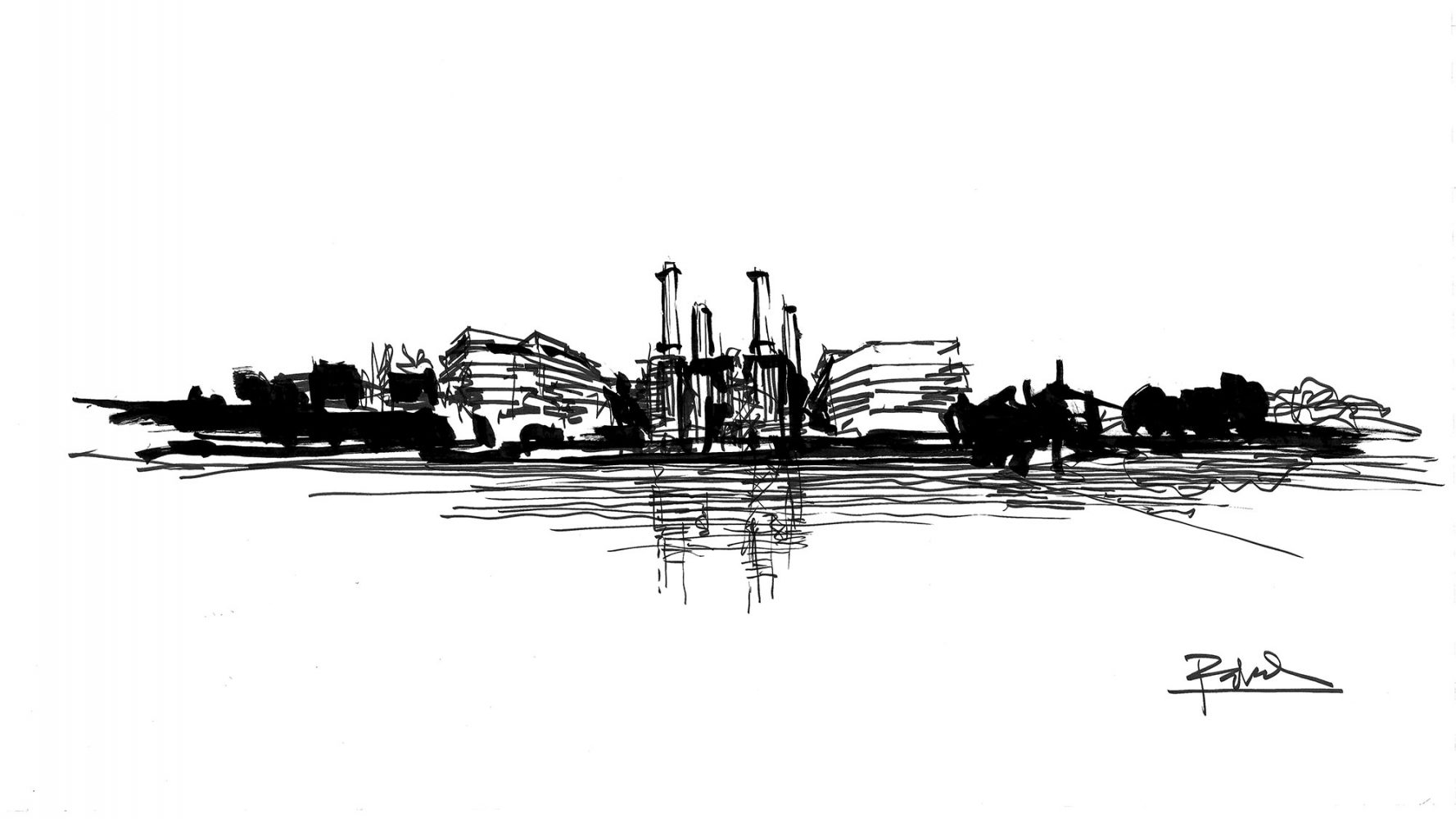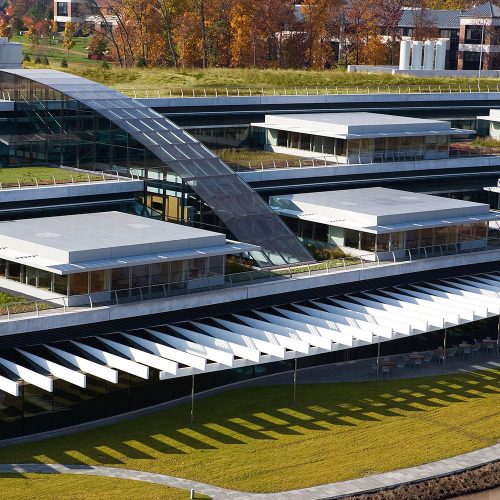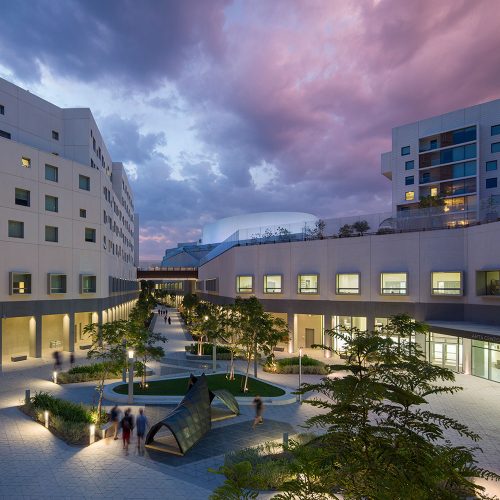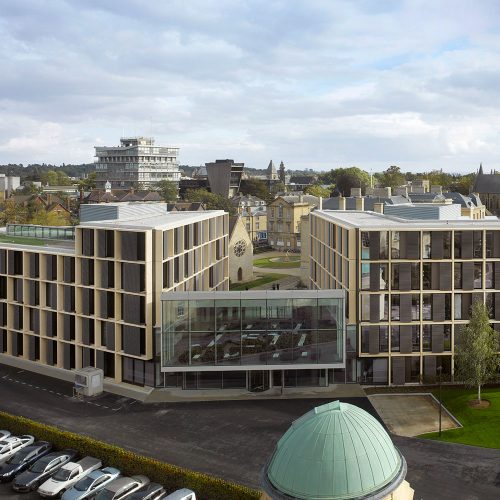Battersea Power Station Master Plan
After three decades of unsuccessful planning applications, the iconic Power Station is brought back to life as the centerpiece of a vast, sustainable, mixed-use development on the south bank of the River Thames in London.
The master plan for the Battersea Power Station—a Grade-II* listed former electric power plant in London on the River Thames—aims to create a mixed-use sustainable development offering commercial and retail functions as well as residential, cultural, and event spaces interspersed with community facilities and a zero-carbon energy plant for the adaptive reuse of the power station itself. The historic structure of the Power Station functions as the focal point of the site’s regeneration, which aims to create a self-sufficient and vibrant new community serving as the anchor of the Vauxhall / Nine Elms / Battersea Opportunity Area.
The primary design goal is to reinforce the presence of the Power Station as the main architectural feature of the site by setting it in a formal space (“The Circle”) defined by a reflecting pool and open to views to and from the Thames and its north bank. Accessibility to the site is further increased by creating three primary streets that link the Power Station to the site’s southern perimeter and through to a future extension of the waterfront park and river walk.
The architectural vocabulary of the complex is defined by a series of varied typologies that reflect the different character areas of the public realm. In the tradition of London terrace housing, the approach sequence to the Power Station is defined by curving building façades that are further activated by a varied alignment of floors to create deep, open terraces for the residential units. This reinterpretation of the terrace building type provides a dynamic condition to the façade plane and guides circulation as residents and visitors progress toward the waterfront.
The Battersea site will evolve with London’s new focus on sustainability. The massing of the buildings was iteratively adjusted based on sun studies to ensure that all spaces benefit from daylight and views, and simultaneously the enclosures of each new building were developed to support both passive cooling (e.g. built-in shading) and user-controlled enclosures.
The site will be one of the largest low-carbon developments in Europe, with London’s largest Combined Cooling, Heating and Power (CCHP) system on site linking to a series of smaller plants that feed into the surrounding residential buildings. The restored Power Station building will become Europe’s largest zero-carbon building.
Given the phased nature of a development of this scale, the master plan provides a set of design guidelines that establish different degrees of prescription of the design according to the sensitivities of different areas of the site, with the most detailed guidelines pertaining to the architecture and setting of the heritage building. The high density plan makes the project financially viable, justified an extension of the London Underground system, and ensures that project will serve as a catalyst and anchor for the regeneration of the surrounding neighborhood.



















